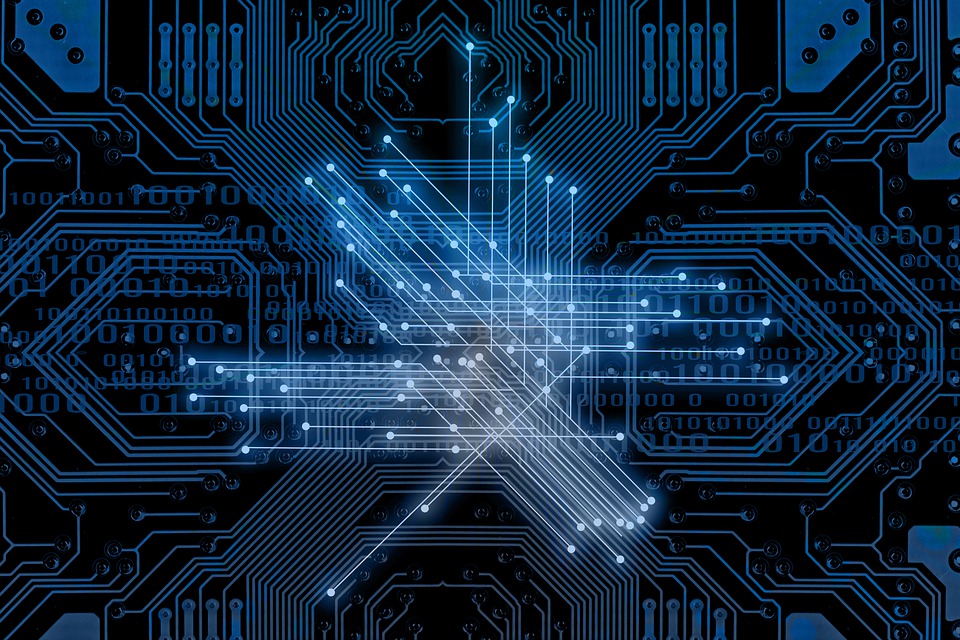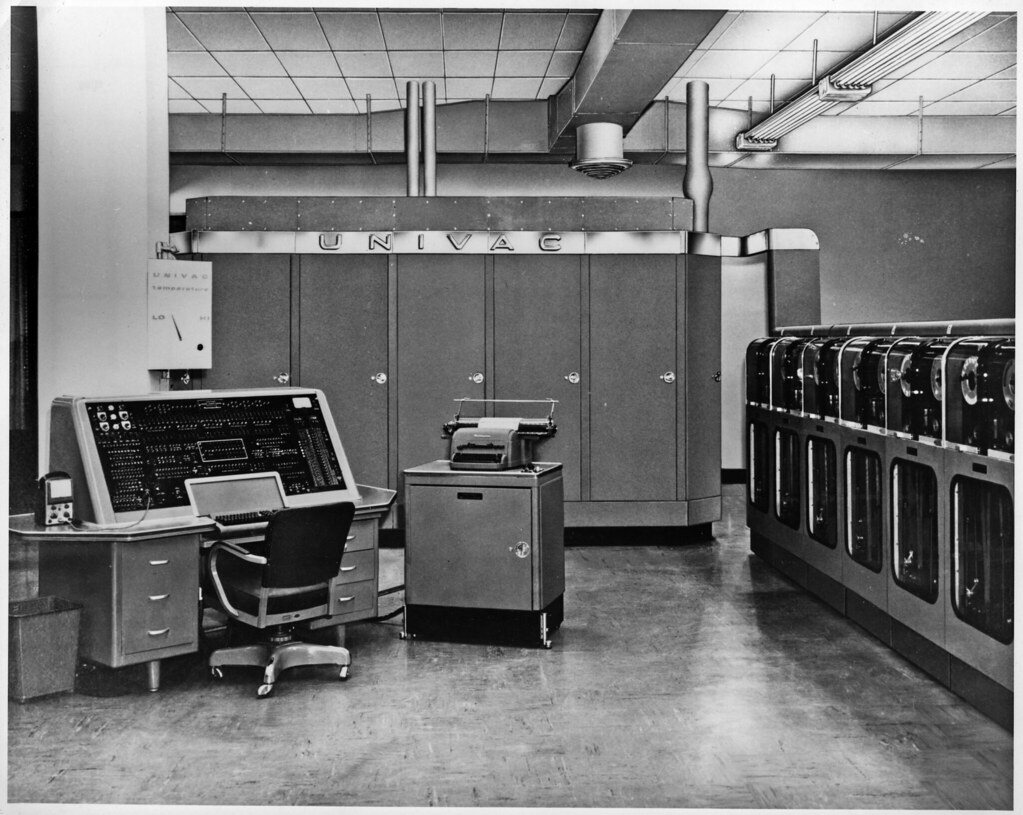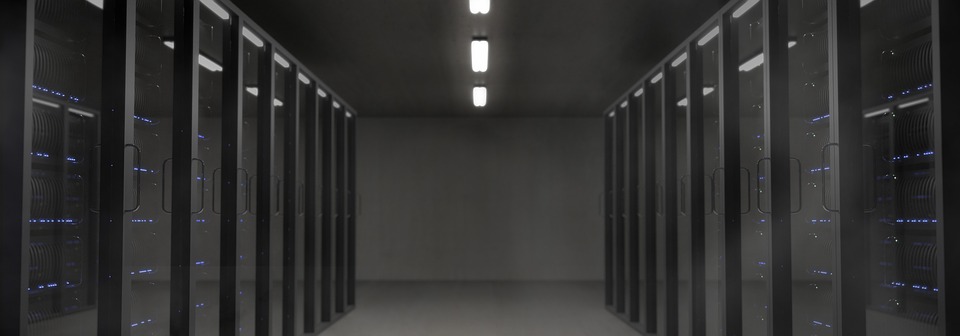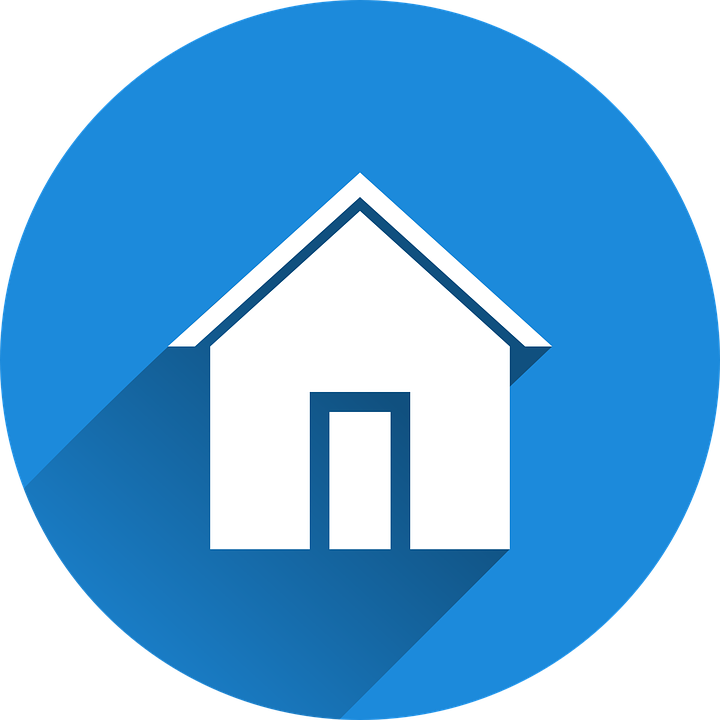 Armando Caligiuri electrons in
motion
Armando Caligiuri electrons in
motion| Italiano -English -Terms of use -Sitemap |
 Armando Caligiuri electrons in
motion
Armando Caligiuri electrons in
motion |
| Home-Informatics-Electronics-Radiowave-Audio-Seismo-Who i am-Contacts |
 Welcome to the page dedicated to I.T. I will try on this page to define with suitable words the immense world that lies behind the word "computer science", as you can foresee it will not be an easy task, but I will try also in this case. Of course it is impossible to condense a vast subject in this small text, but if you intend to delve deeper or you need professional advice (given my experience in the field that began when I was a child, that is, in 1979) you can get in touch with me through the "Contacts" page. In this page we will discuss the definition of computer science and the hardware of computer systems, for software and computer networks I have prepared separate pages that you can reach by clicking on the links in the line above or at the bottom of this document. Computer science is the science that deals with processing and elaborating data, information, physical quantities and services in an automated way, to do so it works with electronic systems (computer systems) formed by billions of logic gates, which in turn need digital or numeric (binary) signals to function, that is, they have only two states, state 0 or off, and state 1 or on, naturally to acquire and elaborate analog signals (see "electronics" page), it is necessary to first convert them into numeric (or digital) through an A/D converter, that is, from analog to digital. The converter transforms signals with continuous variation of amplitude and frequency into a sequence of zeros and ones (on-off) (maximum-minimum) representing the corresponding in digital form of the input signal. At the end of the processing, the digital signals can be converted back into analog if necessary by means of D/A converters, which perform the reverse operation, and transform a sequence of logic states zero and one (or on-off, or maximum voltage-minimum voltage) into an analog signal (value between 0 and infinity) corresponding to the digital sequence. For further information, you can contact me via the "contacts" page.  View of the first commercial computer, the UNIVAC 1  Server system and datacenter of an informatic company Computer science and computer systems have evolved above all in the field of telecommunications and information, where they have almost completely replaced traditional systems thanks to the possibility of data processing, the high immunity to interference of digital signals and the progress of electronics in the miniaturization of circuits and in the containment of manufacturing costs of systems. The progress of electronic circuits has therefore allowed IT to move away from a strictly professional sphere, and to introduce the PC or personal computer as an appliance in every home and office, which has made the digital world available to everyone with its universe of information and opportunities. The recent introduction of battery-powered, touch-screen devices such as smartphones and tablets and the availability of low-cost mobile internet networks have increased the range of opportunities available to users, allowing for external portability and therefore the use of connected digital services even in environments outside of one's home or business.
Personal computer complete with peripherals
Portable personal computer, usually called Notebook
Latest generation smartphones
Latest generation tablet
The Computer systems are made up of two inseparable elements, hardware and software. The Hardware (translation from English, hard, concrete) is identifiable in the logical electronic circuits that we find inside PCs, smartphones or tablets. The keyboard, mouse and monitor are part of the hardware. The software or application (app), on the other hand, is the information or digital content that we have to process or use (process through hardware), which can be stored on a hard disk or a USB memory stick or other data storage support. The software, which we will discuss on a separate page, includes operating systems and word processing suites.As previously mentioned, computer science uses electronic systems for its operation. In the case of the PC, which is the computer system that concerns us most closely, and from which all other data processing and content fruition systems have also taken inspiration, the circuitry has now become standardized and can be represented in a very simplified way with the block diagram visible in the figure.
The C.P.U (central processing unit) is the component commonly called microprocessor, it represents the heart of the PC, in it the data is processed in the form of sequences of digital signals, and it is a very complex LSI (large scale integration) integrated circuit made up of millions of Transistors and MOSFETs. While in the tablet and smartphone sector there are various companies that produce CPUs, in the PC sector few have the know-how to build such a component. Currently there are only two companies in the world that have the resources and know-how to develop CPUs for PCs at high levels. The CPU uses other components to function, they are:
The
RAM (random access
memory), is directly connected to the CPU, provides quick access and is
used to process data The R.O.M. (read only memory) is a read-only memory, connected directly to the CPU. It is not involved in the digital data processing process, but serves as the genetic makeup of the PC. It stores the hardware configuration data, contains the BIOS and CMOS and its content cannot be changed (in theory). The NORTH and SOUTH chipsets are large L.S.I. integrated circuits, they are the intermediary nodes between the CPU, the data storage devices and the outside world, the CD-DVD burner-reader and the hard disk are connected to the chipsets, the USB ports (universal serial bus) are connected to them, to which we can now connect everything, the COM (serial port) and the LPT (parallel port), furthermore the chipsets can contain integrated inside them the video processing unit (video card) and the audio processing unit (sound card). In the future the chipsets will be integrated inside the C.P.U. and all in one chip computer systems will be offered with advantages in terms of costs and simplicity. The hard disk is a complex and delicate electromechanical component, it is made up of various platters kept rotating at a high and constant speed by a precision electric motor, a magnetizable substance is deposited on the platters, a magnetic head continuously slides over them and writes a sequence of 0 (demagnetized substance) and 1 (magnetized substance) corresponding to the data to be stored and conserved. For some time now, solid state hard drives (SSD) have been created, which are built using FLASH type memories, writable for a certain number of cycles, they are becoming more and more popular because they allow higher reading (not writing) speeds than traditional electromechanical disks, but their cost is high compared to electromechanical hard drives, and reliability is affected by the limits of solid state memory technology, essentially you could find yourself in the situation of having lost your data at any moment if the memory locks up and refuses to respond, however even in the case of SSDs, evolution is fast and the reliability of today's systems has become very high, there is always the problem of the cost for GB, which is at least double compared to traditional hard drives. The PC also has a certain amount of slots that allow expandability, that is to add cards that can perform particular functions and thus make the system suitable for specific applications. Many of the components just mentioned are hosted on a main electronic board called motherboard or mainboard, which hosts almost all the electronic circuitry represented in the block diagram that you can find a few lines above, in addition to the voltage stabilizers for the CPU and RAM and the interface ports with the outside world. IAll is powered by an ATX power supply that provides the various voltages required for the CPU and its components to function, it must be of good quality and must maintain stable and clean voltages, the required values are usually 3,3V 5V -12 and 12V.
The PC itself is connected through the ports
connected to the chipset, other devices called
peripherals, they are
hardware electronic devices that allow you to give commands to the PC (input
peripherals) or to use processed data (output
peripherals).
RAM DIMM memory in its slot
SODIMM RAM Modules for Notebooks
CPU with heatsink and fan
Hard disk seen inside
Current and obsolete data storage components
The 4004, the first microprocessor
C.P.U 8088, internal view with the microscope
The digital architecture of the PC, thanks to its adaptability and versatility, has now become standard for almost all electronic equipment, new generation LCD televisions, DAB radios, tablets, smartphones and in general all equipment that has a CPU onboard, even if on a smaller scale, provides for an operation similar to that of a PC. If you need to process an analog signal, you convert it into digital, this is because the digital logic of the PC clone can take advantage of all the advantages associated with it, such as the advanced miniaturization of integrated circuits and electronic components, large-scale production with consequent reduction in production costs, and finally an easy and smart design approach due to the programmed logic instead of the wired logic used up to now. In practice, with the change of only the architecture management software and a few other hardware changes, the same circuit becomes a radio (with the addition of a radio frequency chip), a measuring instrument, a tablet, a smartphone, an LCD TV, an LCD monitor, an MP3 player-recorder, an engine management control unit of a thermal, hybrid or electric car, adapting the management software and hardware according to the needs. In the following enlargeable images you will find confirmations of what has just been exposed. Logic board of a generic Tablet Compact Hi-Fi with fully digital management
Of course I repeat that it is impossible to condense in this text everything there is to say about IT, but if you intend to delve deeper or need professional advice you can get in touch with me via the "Contacts" page
|

 |
|
Home Informatics, Computer networks, Software Electronics, Active components, Passive components Radiowave Seismo Contacts Who i am Audio Created and maintained by Armando Caligiuri (C) 2025 4.0 Responsive version Armando Caligiuri, Electronic senior expert Electronic and I.T. maintainer Electronic project implementer I.T. consultant To use the contents visit the Disclaimer page |